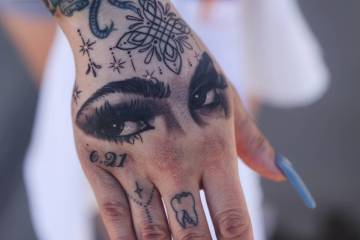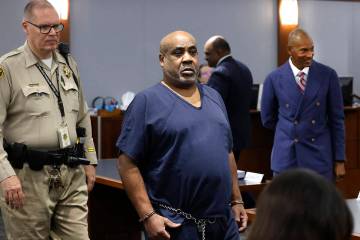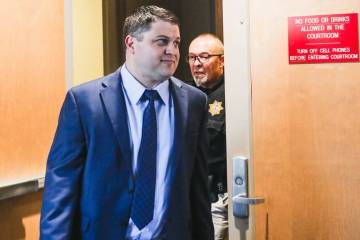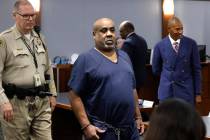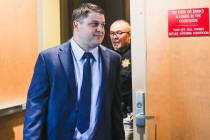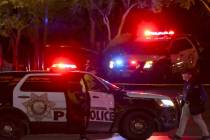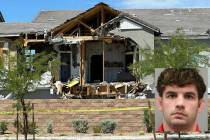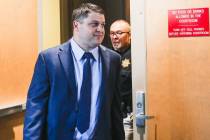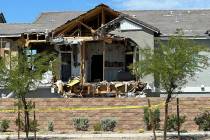Last of local hospitals’ patients in Las Vegas shooting released
A painful chapter has been closed with the discharge of the last patient hospitalized locally as a result of the Oct. 1 Strip shooting.
The patient, who was not identified, was discharged Saturday, almost six weeks after the attack, from St. Rose Dominican Hospital. Spokeswoman Jennifer Cooper said no details about the patient would be released due to privacy concerns.
Another patient, a woman who was still listed in critical condition last week, was discharged from Sunrise Hospital and Medical Center on Friday.
The discharge does not mean that all of the 546 wounded in the shooting are out of the hospital. An unknown number of patients have been transferred to other cities for medical care and their circumstances are not known.
Even so, the death toll from the shooting has remained unchanged at 58 since Oct. 2, surprising even those who operated on the critically wounded.
“We see a lot of different types of injuries, and often time, people really surprise us,” University Medical Center trauma surgeon Paul Chestovich said Monday. “We’ve seen people who have been able to overcome tremendous obstacles. It really is a testament to the patients and how strong they are and the support they have.”
At an Oct. 13 news conference, Clark County Sheriff Joe Lombardo said he hoped “by the grace of God” the death toll wouldn’t spike. At the time 45 were still hospitalized.
“The medical profession will provide all of the medical care necessary, sometimes it’s … people meet their demise outside of our control,” he said at the time.
The survival rate of the wounded is in part due to the fact that UMC, one of 13 local hospitals that received wounded after the shooting, was well prepared to handle tragedy, Chestovich said.
“Really, what we did that night is what we do every night,” he said. “We just did it on a larger scale.”
Typically, 10 percent of people wounded in a mass casualty incident are in critical need of care, Chestovich said, adding that the Oct. 1 shooting was probably no different.
“Those are the people that the trauma system is in the best position to help,” he said. The hospital rapidly expanded non-emergency areas of the hospital, like the ambulatory care center, into makeshift ERs, which Chestovich said helped the team quickly treat patients.
Many of the patients who flooded Las Vegas hospitals on Oct. 1 had gunshot wounds to the head. At Sunrise Hospital and Medical Center, Dr. Allan MacIntyre said he’d never seen so many head wounds.
Those are the type of wounds most likely to be fatal, followed by injuries to the heart or major blood vessels, Chestovich said.
Recovery time varies considerably from patient-to-patient, depending on the severity of their injury. Regardless, many will face a long road ahead dealing with physical recovery and emotional trauma, Chestovich said.
Contact Jessie Bekker at jbekker@reviewjournal.com or 702-380-4563. Follow @jessiebekks on Twitter.



